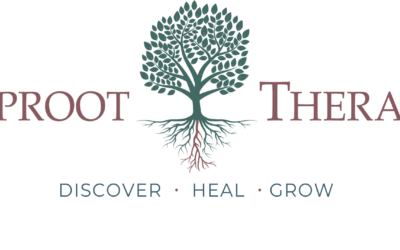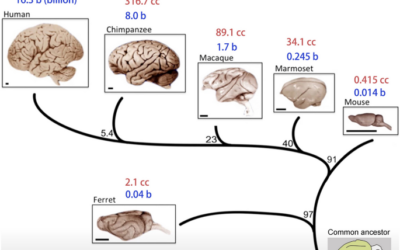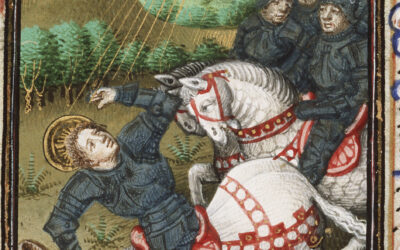Read More on Jung here:
Read Part 1 and 2 First!
part 1: https://gettherapybirmingham.com/the-villain-with…nd-screenwriting/
part 2: https://gettherapybirmingham.com/using-jungian-ps…d-fiction-part-2/
part 3: https://gettherapybirmingham.com/applying-jungian…onality-theories/
Applying Jungian Psychology to Fiction and Screenwriting
Character development is a crucial aspect of fiction writing that distinguishes good storytelling from mediocre ones. Well-written characters feel authentic and relatable, allowing readers to connect with them on a deep, emotional level. This article explores how depth psychology, particularly the Myers-Briggs Type Indicator (MBTI) and the Beebe model of personality, can help writers create complex, realistic characters that resonate with audiences.
The Importance of Character Development
Poorly written characters often lack depth, originality, and consistency. They may have a single motivation, feel like a blend of tropes, or make decisions that serve the plot but don’t align with a coherent personality. In contrast, well-written characters have a sense of authenticity that allows readers to understand and empathize with them, even if their experiences differ from the reader’s own.
Creating authentic characters requires a deep understanding of human nature and the complex interplay of universal and individual traits. Readers unconsciously compare fictional characters to their real-life experiences, and well-crafted characters feel like they could be real people. Finding the right balance between the specific and the universal helps the audience connect with the characters on a profound level.
The Human Drive for Connection
The desire to understand and be understood is a fundamental human need that shapes our social interactions and even the formation of cities. Psychotherapy helps clients repair their ability to form safe, meaningful connections with others. Similarly, writers must allow the audience to form connections with their characters by crafting authentic, relatable personalities.
The Myers-Briggs Type Indicator (MBTI)
The MBTI is a widely used personality assessment tool based on Carl Jung’s theory of psychological types. It categorizes individuals into 16 distinct personality types based on their preferences in four key areas:
- Extraversion (E) vs. Introversion (I)
- Sensing (S) vs. Intuition (N)
- Thinking (T) vs. Feeling (F)
- Judging (J) vs. Perceiving (P)
Each personality type has a unique set of characteristics, strengths, and potential challenges. Understanding these types can help writers create diverse, realistic characters that showcase the complexities of human nature.
Cognitive Functions and Function Stacks
The MBTI also includes cognitive functions, which are the building blocks of each personality type. These functions represent different ways of perceiving, processing, and making decisions. The order of the cognitive functions in each personality type is determined by the J/P preference, forming a unique function stack for each type.
The Beebe Model of Personality
The Beebe model, developed by Jungian analyst John Beebe, extends the MBTI by incorporating the concept of shadow functions and assigning archetypal roles to each function position. This model suggests that individuals have access to all eight cognitive functions, but they use them with varying levels of consciousness and proficiency.
The model assigns the following archetypal roles to each function position:
- The Hero (Dominant)
- The Good Parent (Auxiliary)
- The Eternal Child (Tertiary)
- The Anima/Animus (Inferior)
- The Opposing Personality
- The Senex/Witch
- The Trickster
- The Demon
Understanding these archetypal roles and their associated cognitive functions can provide valuable insights into personality development, interpersonal dynamics, and potential areas for growth.
Applying the Beebe Model to Character Development
The Beebe model offers a rich framework for creating complex, realistic characters that undergo meaningful transformations throughout a story. By identifying a character’s dominant and inferior functions, as well as their shadow functions, writers can craft compelling character arcs that resonate with readers.
For example, in the context of the hero’s journey, a character’s inferior function may be triggered during the “ordeal” or “abyss” stage, forcing them to confront their deepest fears and weaknesses. As the character overcomes these challenges and integrates their shadow functions, they experience a transformation and emerge with a more balanced personality.
The Beebe model can also be used to understand how characters with different personality types interact and influence each other. By considering the interplay between characters’ dominant, auxiliary, and shadow functions, writers can create dynamic, realistic relationships that drive the story forward.
World-Building with the Beebe Model
The Beebe model can be extrapolated to create a cosmology for world-building in fiction or role-playing games. By assigning each function-attitude pair to a specific aspect of the world, writers and dungeon masters can create a rich, interconnected universe that challenges characters and drives story development.
For example, the dominant function might represent the central theme or ethos of the world, while the inferior function could embody the mysterious, hidden aspects of the world that the protagonist must confront. The opposing personality might manifest as contradictory forces or rival factions, while the trickster could represent the unpredictable, chaotic elements of the world.
Applying the Beebe Model to Literary Modes and Elements
The Beebe model can be applied to various literary modes, elements, and theories to create compelling characters and narratives. Some examples include:
- Ecocriticism and environmental humanities
- Posthumanism and transhumanism
- Metafiction and self-reflexive narratives
- Queer theory and LGBTQ+ representation
- Affect theory and emotional resonance
- Intersectionality and identity politics
- Postcolonial studies and decolonization
- Trauma theory and intergenerational trauma
- Digital humanities and new media studies
- Speculative fiction and cli-fi
- Globalization and transnationalism
- Afrofuturism and Black speculative fiction
- Disability studies and neurodiversity
- Marxist criticism and class analysis
- Feminist criticism and gender studies
- Psychoanalytic criticism and Lacanian theory
- Poststructuralism and deconstruction
- Magical realism and slipstream fiction
- Multimodal storytelling and transmedia narratives
- Unreliable narrators and psychological suspense
- Hypertext fiction and interactive narratives
- Ethnofuturism and Indigenous futurism
- Ecocide and Anthropocene fiction
- Posthuman subjectivity and cyborg theory
By understanding how the Beebe model interacts with these various literary modes and elements, writers can create rich, nuanced characters and stories that explore the complexities of the human experience.
The Myers-Briggs Type Indicator and the Beebe model of personality offer powerful tools for character development in fiction and screenwriting. By understanding the cognitive functions, function stacks, and archetypal roles associated with each personality type, writers can create complex, realistic characters that resonate with audiences.
Applying the Beebe model to various aspects of storytelling, from world-building to literary modes and elements, can lead to the creation of immersive, psychologically rich narratives that explore the depths of human nature. As writers continue to draw upon the insights of depth psychology, they can craft stories that not only entertain but also provide profound insights into the human experience.
Read More Depth Psychology Articles:





0 Comments